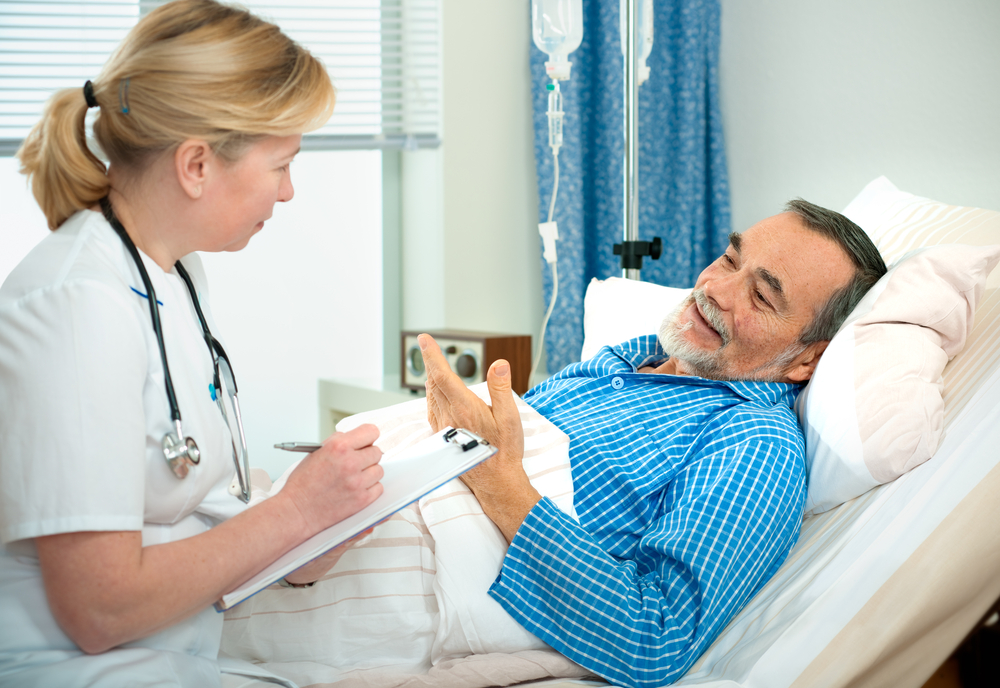A Few Common Symptoms, Causes, and Treatment of Overactive Bladder
An overactive bladder is a disorder in which there is a frequent urge to urinate. The urge can be strong and difficult to control and can occur suddenly. This can affect a person’s life and cause a lot of embarrassment for the person suffering from it. The person can feel this urge all through the day or specifically at night. Sometimes, an overactive bladder can lead to a loss of bladder control.

This problem can disrupt a person’s life and cause him or her to live an isolated life away from social groups. The person can also suffer from sleep problems or depression from the constant need to rush to the washroom at all times of the day. Urinary tract infections (UTIs) can be a result of an overactive bladder.
Symptoms of an overactive bladder
Apart from a temporary period of frequent urination, there are some specific symptoms, which indicate that a person is suffering from an overactive bladder.
These symptoms include the following:
- Need to urinate often.
- Need to urinate despite having visited the washroom.
- Need to urinate more than twice in one night.
- Going to the washroom many times only to urinate a little.
- Leakage of urine.
Causes of overactive bladder
Overactive bladder causes include uncontrolled contraction of the bladder muscle, which lead to an urge to urinate. This problem is primarily caused by a disorder of the nerves and muscles of the bladder, which allow the muscles to contract early during the normal relaxation period when the bladder is filling up.
Usually, the nerves send a signal to the brain the moment the bladder starts to fill and give a person enough time to visit the washroom. However, when a person has an overactive bladder, the nerves send the signal at the wrong time as proper coordination between the nerves and the brain is lacking.
The normal bladder capacity in an adult is 600cc. However, in persons suffering from OAB, the bladder capacity gets reduced to less than 200cc. The sphincter muscles at the opening of the bladder are also unable to retain urine for a very long time. UTI can be both be a cause as well as an effect of OAB along with other urinary problems like bladder stones, urethral strictures, and prostate enlargement.
Some of the common overactive bladder causes include:
- Multiple sclerosis.
- Dementia.
- Parkinson’s disease.
- Diabetic neuropathy.
- Spinal cord injuries.
- Back problems like degenerative disc or a disc hernia.
- Bladder tumors.
- Some of the risk factors of an overactive bladder include old age, stroke, multiple pregnancies, previous pelvic surgery, menopause, and obesity. Side effects of medication can include OAB.
Treatment for an overactive bladder
If you are suffering from an overactive bladder problem, you need to cut down on your caffeine and alcohol intake. Also, fluid intake before sleeping should be minimized. Doctors usually prescribe a bladder control training course, which includes behavioral changes to force your body to hold urine for longer periods of time.
Going to the washroom at fixed times of the day can help in controlling the number of trips. This is known as timed voiding. Every time you go to the washroom, you should add 15 minutes extra to your next visit so that the gap between the visits gets longer. Kegel exercises, which include the holding and releasing of the bladder muscles for a few seconds alternately, can also help in strengthening the muscles and controlling the flow of urine.
There are certain medicines for this problem, which calm the bladder muscles and help them to store more urine. However, all these medications should be taken only after they are prescribed by a doctor because they have side effects like constipation, blood pressure problems, and dry mouth sensation. In case medications and exercises do not work, treatments like botox or electrical stimulation of nerves may be carried out to solve the problem.
These treatments are meant to increase the bladder capacity and reduce the urge to urinate. However, before any treatment is started, proper diagnosis of overactive bladder causes needs to be done with the help of pelvic exam, urine test, blood test, and rectal exam. Once the cause is known, treatment becomes easy.




